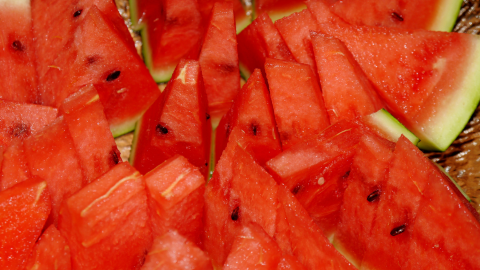
15 Fruits That Raise Hemoglobin in Blood
Unlock the secrets to optimal hemoglobin levels with our comprehensive guide! Discover 15 tantalizing fruits scientifically proven to raise hemoglobin in blood. Dive into the juicy details of each fruit's nutritional profile and how they contribute to your overall health. From vibrant apricots to succulent watermelons, explore nature's bounty and elevate your hemoglobin effortlessly. Say goodbye to fatigue and hello to vitality with these delicious and nutritious fruits.



















